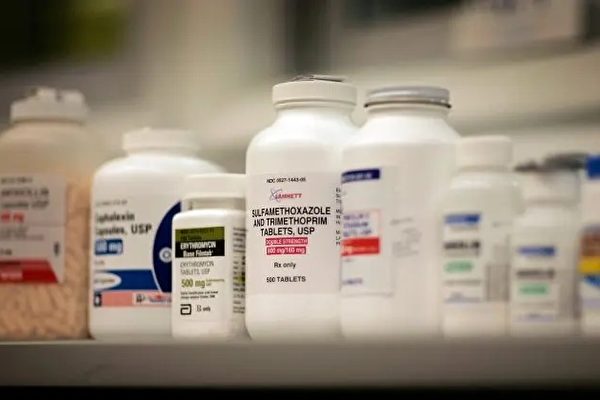Japan currently imports almost all antibiotic raw materials from foreign countries, mainly from China. Once the import is interrupted, medical services will face difficulties. To change this situation, the Japanese government plans to launch a series of measures this year to support the development of the domestic antibiotic industry.
According to Nikkei Asia, while the final products of antibiotics are produced domestically in Japan, the active pharmaceutical ingredients (APIs) of domestically produced antibiotics have gradually disappeared from the market due to their lack of cost-effectiveness, leading Japan to almost entirely rely on foreign products.
For example, nearly 100% of the raw materials for β-lactam antibiotics commonly used in surgeries are imported from China. In 2019, due to a factory in China ceasing production, Japan experienced a shortage of antibiotics, leading to delays in some surgeries.
In response to calls from the domestic medical community to ensure stable supply, the Japanese government enacted the “Economic Security Promotion Law” in 2022, designating four types of β-lactam antibiotics as specific key substances.
Encouraged by the government, some Japanese manufacturers are investing in building production bases for antibiotic raw materials domestically. The Japanese Ministry of Health has decided to support two projects led by Meiji Seika Pharma under Meiji Holdings and the large pharmaceutical company, Shionogi, based in Osaka, providing a total subsidy of approximately 55 billion yen (about 340 million USD) for these two projects.
According to Asahi Shimbun, Meiji Seika Pharma’s Gifu factory is currently preparing to resume production of penicillin antibiotics that have been discontinued for 30 years. Regarding the reason for resuming production, the report quoted a factory manager saying that the Japanese government took action out of a sense of crisis that “if this continues, we will not be able to protect the lives of the Japanese people.”
It is expected that domestic production in Japan will achieve comprehensive supply by the fiscal year 2025 or later. Chinese suppliers have advantages in low-cost, large-scale, and efficient production of raw materials. Currently, Japanese producers are facing significant challenges in terms of competition and profitability.
The Japanese Ministry of Health, Labor, and Welfare will establish a system to ensure the continued use of domestically produced active ingredients to prevent the risk of manufacturers withdrawing from the market due to lack of profitability.
The Japanese government is considering providing national subsidies to raw material manufacturers and pharmaceutical companies, as well as establishing a plan to purchase products at fixed prices, in the form of state procurement where a certain amount of funds will be paid to manufacturers. A ministerial expert group will discuss specific details, with the new plan set to be launched as early as this fiscal year.
Antibiotics, also known as antimicrobials, can kill or inhibit the growth of bacteria, used for prevention or treatment of bacterial infections. According to statistics, the global market size of antibiotics reaches 40 to 50 billion USD. Due to the current prevalence of infectious diseases, the import unit price of antibiotic raw materials has increased several times over the past five years.
Countries worldwide are also working to ensure this supply. Last November, the United States announced an increase in investment in domestic critical drug production under the Defense Production Act.
To address the increasingly severe global crisis of antibiotic resistance, the UK announced the introduction of an antibiotic “subscription” model in 2022, becoming the world’s first country to pay fixed fees to pharmaceutical companies for the supply of antibiotics.
The World Health Organization (WHO) calls on all countries to ensure an adequate supply of antibiotics, referring to it as a “global public good.”

